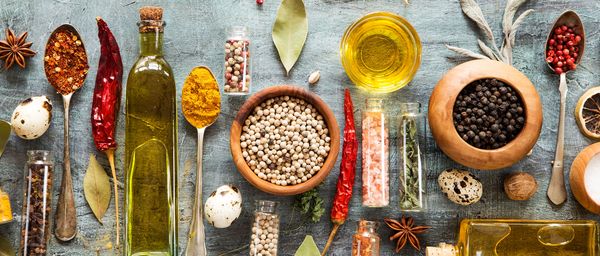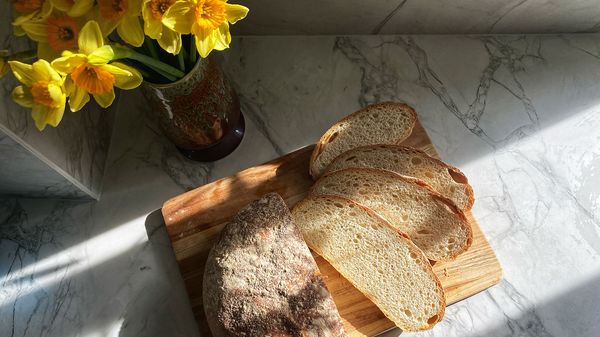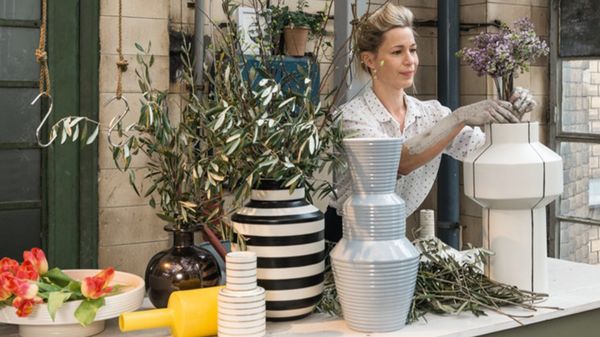Tips & Tricks: Aroma Upgrade

TRADITIONAL METHODS OF PRESERVATION ARE BEING REINTERPRETED TO SUIT MODERN TASTES, CREATING SPECIAL AROMAS, ESSENCES AND CONDIMENTS FOR THE PANTRY.
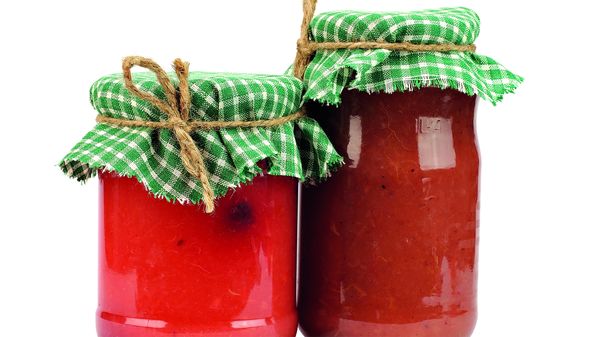
CANNING
With this preservation method, fruits and vegetables are heated with liquid, sugar or salt, preserving them for more than 6 months. Red wine pears with cinnamon, onion relish with ginger, creamy tomato sauce, berry jam with lavender – creativity is the name of the game when it comes to seasonings. A variety of gelling agents give the food the desired texture. The preserving jars must be germ-free to ensure a long shelf life for the product.
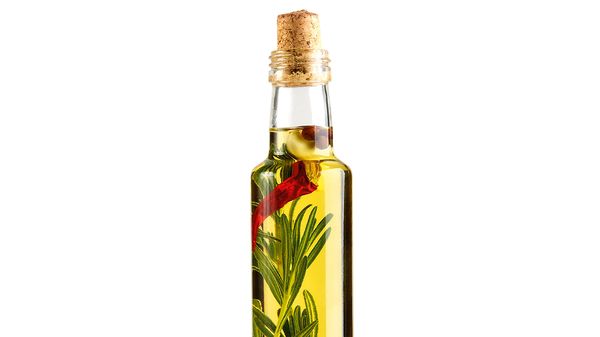
INFUSING
Putting cooked vegetables, garlic or chilli in olive oil or rapeseed oil is a very Mediterranean thing to do. The oil envelops the ingredients and preserves them for around two weeks. At the same time, the aromas merge to form an intensive spiciness. Herbs such as thyme, lemon balm and rosemary provide a special aromatic ‘upgrade’. Tip: add sugars or salts to extend the shelf life.
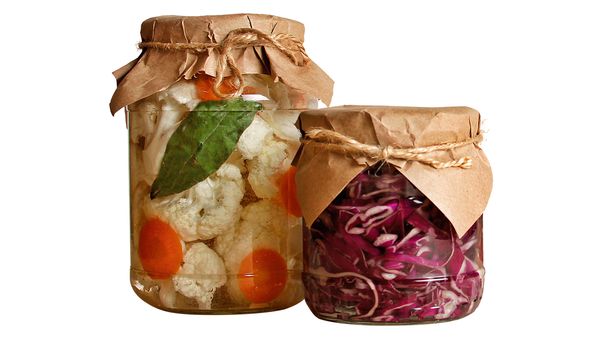
FERMENTING
The best-known representatives of this form of preserving are sauerkraut and kimchi. Fermenting is when fresh, untreated vegetables are chopped and put in brine. The lactic acid bacteria present in the mix then take over the fermentation process. The result is food that tastes sour, hearty and is particularly healthy because of the prebiotic bacteria it contains. The tasty and aromatic vegetables keep for up to 6 months. Tip: beginners should start with low-water varieties of vegetables such as cabbage or carrots.
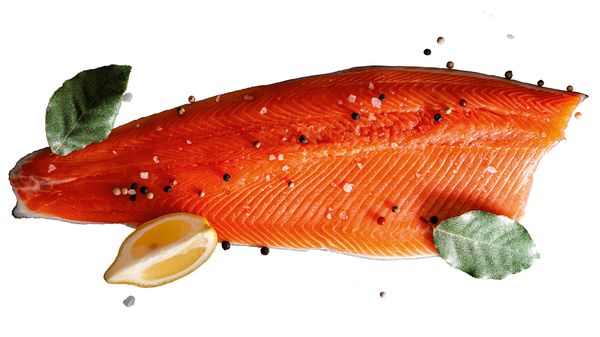
PICKLING
Pickling is particularly suitable for fresh fish such as salmon or mackerel. A dry mix of salt and spices removes the water from the flesh of the fish and denatures the protein. The essential oils from the herbs, aniseed, fennel, dill, lemon zest or ginger and chilli are absorbed deep into the texture. With traditional pickling, the fish can be kept in the fridge for several days. Tip: fish caught in the wild should be frozen before consumption in order to kill any parasites.

